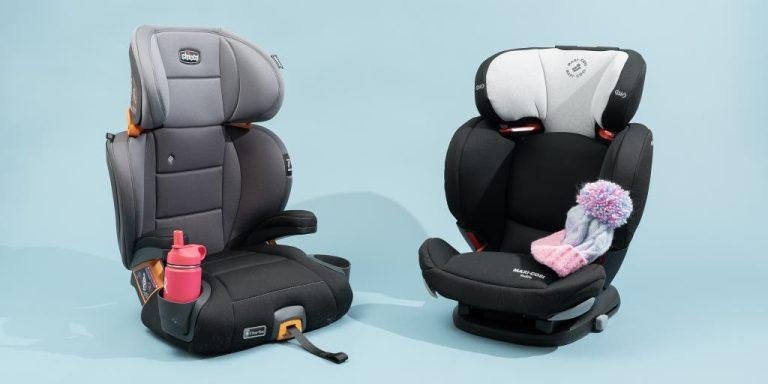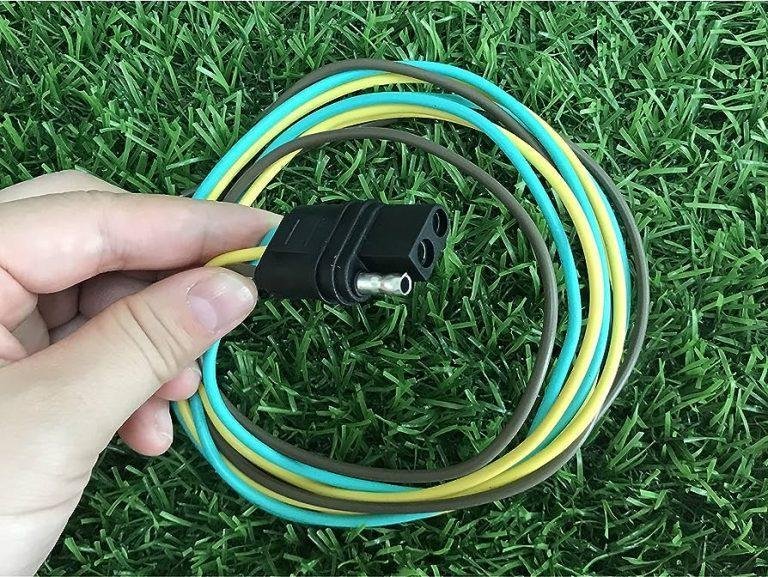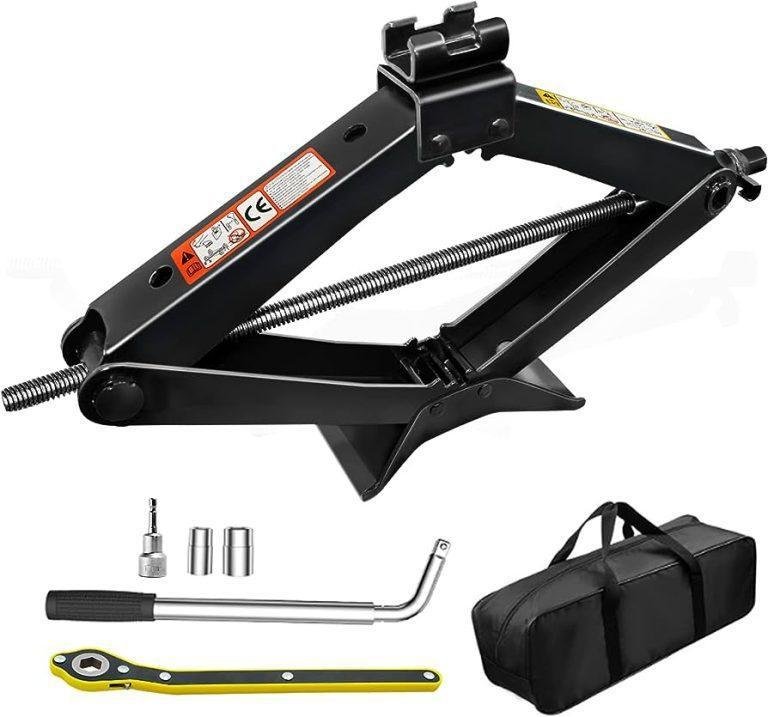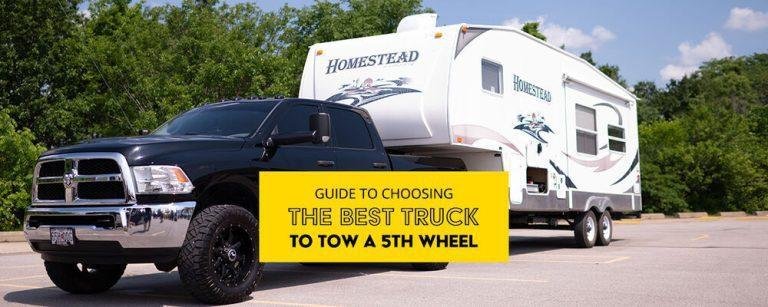A standard receiver hitch typically comes in four sizes: 1-1/4 inch, 2 inch, 2-1/2 inch, and 3 inch. Choosing the right size for your receiver hitch is essential to ensure secure towing and compatibility with accessories like bike racks or cargo carriers.
The most common size found on sedans, small suvs, and light trucks is the 2 inch receiver hitch. On the other hand, larger trucks and heavy-duty vehicles often have the 2-1/2 inch or 3 inch receiver hitch. Smaller cars may have the 1-1/4 inch hitch, which has a lower towing capacity compared to the larger options.
Make sure to check your owner’s manual or consult a professional to determine the correct size for your vehicle.
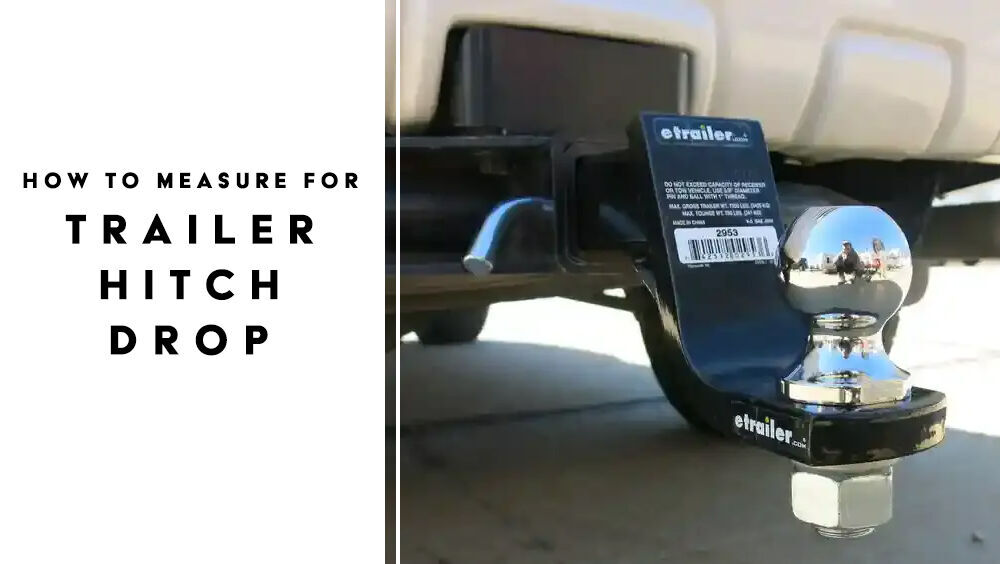
Credit: www.etrailer.com
Understanding Receiver Hitches
A standard receiver hitch comes in various sizes, ranging from 1. 25 to 2 inches. These hitches play a crucial role in towing and hauling, providing a secure connection for trailers and accessories.
Receiver hitches are an essential component when it comes to towing and hauling. They serve as a connection point between your vehicle and the trailer or accessory you need to transport. However, understanding the different types of receiver hitches available and selecting the right size is crucial to ensure a safe and efficient towing experience.
Let’s delve into this topic further.
Different Types Of Receiver Hitches
When it comes to receiver hitches, there isn’t a ‘one size fits all’ option. There are various types available, each designed for specific towing needs. Here are some common types of receiver hitches you should be familiar with:
- ### class i hitches:
- Suitable for light-duty towing, such as bike racks or small trailers.
- Designed for vehicles with a lower towing capacity.
- Typically has a 1.25-inch receiver opening.
- ### class ii hitches:
- Ideal for towing small to medium-sized trailers or carrying heavier cargo.
- Handles loads of up to 3,500 pounds.
- Commonly equipped with a 1.25-inch receiver, although some may offer a 2-inch receiver option.
- ### class iii hitches:
- Perfect for towing larger trailers, rvs, and boats.
- Accommodates loads ranging from 3,500 to 6,000 pounds.
- Commonly equipped with a 2-inch receiver opening.
- ### class iv hitches:
- Designed for heavy-duty towing, such as large boats or campers.
- Capable of handling loads up to 10,000 pounds.
- Typically equipped with a 2-inch receiver, although 2.5-inch receiver options are available.
- ### class v hitches:
- The highest towing capacity available.
- Suitable for commercial-grade towing, such as construction equipment or horse trailers.
- Often equipped with a 2.5-inch or 3-inch receiver opening.
Remember, choosing the correct class for your receiver hitch depends on the weight and size of the load you intend to tow. Always refer to your vehicle’s towing capacity and manufacturer’s recommendations.
Importance Of Choosing The Right Size
Selecting the right size receiver hitch is vital for several reasons:
- ### safety:
- Using the wrong size hitch could result in insufficient strength and durability, compromising safety during towing.
- Larger trailers require appropriately sized hitches to handle the additional weight and forces exerted during transportation.
- ### compatibility:
- Different hitch sizes are compatible with specific accessories. Choosing the correct size ensures proper fitment and compatibility with your trailer or accessory.
- Using the wrong size may require additional adapters or modifications, which can be time-consuming and potentially unsafe.
- ### performance:
- Using a properly sized hitch maximizes towing performance by distributing the weight evenly between your vehicle and the trailer.
- Choosing an inadequate hitch size may lead to poor handling, increased sway, and compromised braking efficiency.
When selecting a receiver hitch, always consider your towing needs, vehicle specifications, and the load you plan to transport. Consulting with a knowledgeable professional is recommended to ensure the optimal size and class of hitch is chosen for your specific requirements.
Knowing the different types of receiver hitches and the importance of selecting the right size will empower you to make an informed decision when it’s time to equip your vehicle for towing. Stay safe, enjoy the peace of mind, and make the most out of your towing adventures.
Determining The Ideal Measurements
The standard size of a receiver hitch depends on the class, with commonly available sizes including 1. 25 inches, 2 inches, and 2. 5 inches. The ideal measurements are determined by considering the towing capacity, vehicle type, and intended use.
So, you’re in the market for a receiver hitch but aren’t quite sure what size to get. Choosing the right size receiver hitch is crucial for ensuring safe and effective towing. In this section, we’ll discuss the factors to consider when selecting a receiver hitch size, how to measure towing capacity, and calculating tongue weight.
Let’s dive in!
Factors To Consider When Selecting A Receiver Hitch Size:
- Vehicle type: Different vehicles have different towing capacities, so it’s important to match the size of the receiver hitch to your vehicle’s towing capabilities.
- Type of trailer: The size and weight of the trailer will also impact the choice of receiver hitch size. Consider the type of trailer you will be towing to determine the appropriate hitch size.
- Future needs: It’s always a good idea to think ahead and consider any potential future towing needs. If you anticipate upgrading to a larger trailer in the future, it might be wise to choose a receiver hitch with a higher towing capacity.
How To Measure The Towing Capacity:
- Consult your vehicle’s owner’s manual: This is usually the first and easiest step to determine the towing capacity of your vehicle. The manual should provide specific details and limitations.
- Check the vin plate: Look for a vehicle identification number (vin) plate on your vehicle. It typically contains important information, including the towing capacity. Refer to this information to determine the towing limits.
- Research online resources: Various websites offer towing capacity lookup tools. Enter your vehicle’s make, model, and year, and the tool will provide you with the towing capacity information you need.
Calculating Tongue Weight:
- Definition: Tongue weight refers to the downward force exerted on the hitch ball by the trailer’s coupler. It is a critical factor in achieving balanced and safe towing.
- Steps to calculate tongue weight:
- Begin by determining the gross trailer weight (gtw), which is the total weight of the trailer and its contents.
- Estimate the tongue weight: Ideally, the tongue weight should be around 10-15% of the gtw for conventional trailers and 15-25% for fifth-wheel or gooseneck trailers.
- Use a tongue weight scale: To get an accurate measurement, invest in a tongue weight scale. Place the scale under the trailer’s coupler and adjust it until the trailer is level. The scale will display the tongue weight.
- Adjust if necessary: If the tongue weight is too light or too heavy, adjust the load distribution by moving items in the trailer or adjusting the weight distribution hitch.
Remember, the specifications for receiver hitch sizes may vary depending on your specific vehicle and trailer combination. Always consult your vehicle’s documentation and seek expert advice if you’re unsure. Having the correct measurements will ensure a safer and more enjoyable towing experience.
Exploring Standard Receiver Hitch Sizes
Standard receiver hitch sizes vary depending on the class of the hitch, commonly ranging from 1. 25 to 2 inches in size. It is important to match the hitch size with the towing capacity of the vehicle for safe and efficient towing.
Receiver hitches are an essential component for towing purposes, providing a secure connection between your vehicle and any trailers, bikes, or cargo carriers you need to haul. However, not all receiver hitches are created equal, and it’s important to understand the different sizes available and their applications.
In this section, we’ll delve into common receiver hitch sizes and their uses, as well as the ideal receiver hitch size for different vehicle types. We’ll also discuss compatibility with trailers, bikes, and cargo carriers, ensuring you have all the information necessary to make an informed decision.
Common Receiver Hitch Sizes And Their Applications:
- 1-1/4 inch receiver hitch:
- Suitable for smaller vehicles, such as sedans and compact suvs.
- Ideal for lightweight towing needs, such as bike racks or small utility trailers.
- Offers a lower towing capacity compared to larger sizes.
- 2 inch receiver hitch:
- The most common size found on trucks, suvs, and larger vehicles.
- Provides increased towing capacity for larger trailers, boats, or campers.
- Offers versatility with various accessories, including cargo carriers and bike racks.
- 2-1/2 inch receiver hitch:
- Frequently used in heavy-duty trucks and commercial vehicles.
- Offers the highest towing capacity among standard receiver hitches.
- Designed for heavy-duty towing needs, such as large trailers or equipment carriers.
Ideal Receiver Hitch Size For Different Vehicle Types:
- Cars and small suvs:
- 1-1/4 inch receiver hitch is typically sufficient for lightweight towing needs.
- It provides compatibility for bike racks and small utility trailers without overwhelming the vehicle’s capacity.
- Trucks and larger suvs:
- 2 inch receiver hitch offers the right balance of towing capacity and versatility.
- It accommodates various trailer sizes and accessories, making it suitable for most towing requirements.
- Heavy-duty trucks and commercial vehicles:
- 2-1/2 inch receiver hitch is the optimal choice for heavy-duty towing applications.
- It ensures compatibility with larger trailers and equipment carriers, meeting the demands of professional use.
Compatibility With Trailers, Bikes, And Cargo Carriers:
- Trailers:
- Receiver hitches are available with different weight capacities to match trailer requirements.
- Make sure to select a receiver hitch that can handle the weight of your trailer plus its contents.
- Bikes:
- Bike racks designed for receiver hitches come in various sizes to fit different receiver hitch dimensions.
- Check the compatibility of the bike rack with your receiver hitch size to ensure a secure fit.
- Cargo carriers:
- Similar to bike racks, cargo carriers are available in different sizes for specific receiver hitch dimensions.
- Consider the size and weight of the cargo you intend to carry and choose a compatible receiver hitch and carrier combination.
Now that you have a better understanding of standard receiver hitch sizes and their applications, you can confidently choose the right hitch for your towing needs. Remember to consider your vehicle type, towing capacity requirements, and compatibility with trailers, bikes, or cargo carriers.
By selecting the appropriate receiver hitch, you’ll enjoy a safe and hassle-free towing experience.
Frequently Asked Questions For What Size Is A Standard Receiver Hitch?
What Are The Three Most Common Hitch Sizes?
The three most common hitch sizes are 1-1/4 inches, 2 inches, and 2-1/2 inches. These sizes determine the receiver tube size of the hitch, which is where accessories like bike racks or ball mounts are attached. The 1-1/4 inch hitch size is commonly used for smaller vehicles like compact cars and sedans.
The 2-inch hitch size is the most popular and can be found on a wide range of vehicles including suvs, trucks, and vans. Finally, the 2-1/2 inch hitch size is typically used for heavy-duty applications, such as towing large trailers or hauling heavy loads.
When choosing a hitch, it is essential to match the hitch size to the weight and towing capacity of your vehicle.
What Class Is A 2.5 Inch Receiver?
A 2. 5 inch receiver is classified as a class v hitch. It is designed to handle heavy-duty towing applications with a gross trailer weight (gtw) capacity of up to 17,000 pounds. These receivers are commonly used on larger trucks and suvs, offering superior strength and durability.
Class v hitches use a 2. 5 inch square receiver opening, which accommodates compatible hitch accessories such as ball mounts, bike racks, and cargo carriers. When choosing a 2. 5 inch receiver, it is important to ensure it is compatible with your vehicle’s towing capacity and the type of trailer you plan to tow.
Always consult your vehicle’s owner’s manual and consult with a professional if you have any doubts or questions regarding towing equipment.
Can You Use A 2-Inch Hitch In A 3 Inch Receiver?
Yes, you can’t use a 2-inch hitch in a 3-inch receiver. The sizes need to match for proper fit and function.
How Do I Know If I Have A Class 3 Or 4 Hitch?
To determine if you have a class 3 or 4 hitch, check the label on the hitch receiver. The label will indicate the hitch class, typically located near the opening where the hitch attaches to your vehicle. Additionally, you can refer to your vehicle’s owner’s manual for information on the hitch class and towing capacity.
It’s important to choose the correct hitch class based on your towing needs to ensure safe and secure towing. Remember to always consult your vehicle manufacturer’s recommendations when selecting the appropriate hitch class.
Conclusion
Understanding the size of a standard receiver hitch is essential when it comes to choosing the right one for your vehicle. By considering the receiver hitch size, you can ensure that your towing needs are properly met and that your vehicle remains safe on the road.
Remember that receiver hitches come in different sizes, ranging from 1. 25 inches to 2. 5 inches, and each size is designed for specific towing capacities. Whether you are towing a trailer, bike rack, or cargo carrier, the right receiver hitch size will provide the stability and support you need.
So, before you embark on your next towing adventure, take the time to measure the receiver hitch size on your vehicle and consult the manufacturer’s guidelines to ensure a perfect fit. With the proper receiver hitch size, you can confidently hit the road and enjoy your towing experience.

